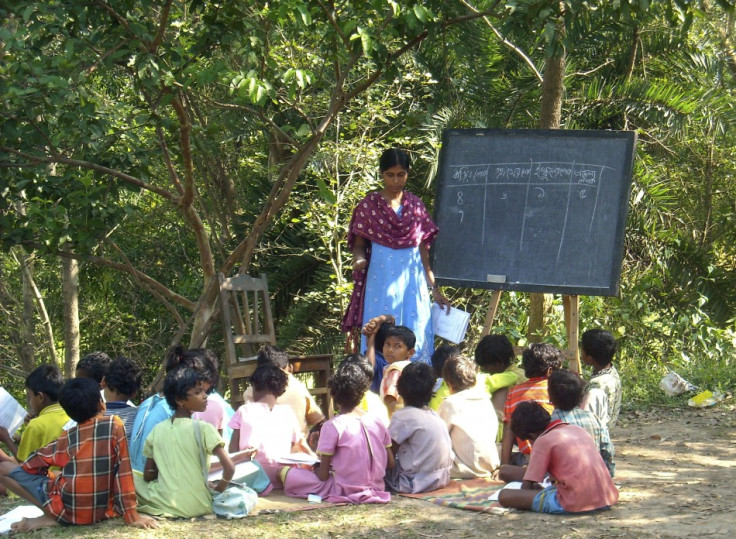India: Government School Has Only One Student And Teacher

A government school in the south Indian state of Karnataka boasts of a single student and a teacher.
The lower primary school in a village in Thirthahalli taluk in Shimoga district is equipped for classes up to the fifth standard. It has a spacious playground, toilet and drinking water which few other government schools have, but since June this year, there is only one student.
The lone student is the daughter of a local priest. The teacher travels 15 kms daily from home to the school. The last stretch of 3 kms has to be made on foot as there is no public transport, reports the Times of India.
The school had five students last year but in the continuing craze for English-oriented private education most of them have shifted out.
As part of its bid to encourage parents in remote areas to send children to schools, the state government has been running schools despite low student numbers.
N Krishnamurthy, block education officer of the taluk, told the Times of India: "We have been discussing the problem of low enrolment in some government schools with teachers and school betterment committees. We're trying our best to increase enrolment in schools with less than 10 children."
In the face of rising cost of private education which puts it beyond the reach of the vast majority, the government has been trying to change the mindset of people who see an advantage in private education.
Kimmane Ratnakar, the state minister for primary and secondary education who is from the same area in Thirthahalli, has been stressing that many stalwarts from the district studied in government schools.The government, he said, is committed to improving government schools and not to close them
According to Sikshana, one of the many NGOs working with government schools to improve quality of education, almost 85% of children study in government schools necessitating efforts to improve their quality.
In Karnataka alone, there are 45,000 government schools.
Sikshana works by implementing small measures that go a long way. These could include providing a library to the school, or a laptop. At Rs 400 per child as against the Rs 14,000 the government is said to spend every year on each student, it has been able to improve literary and arithmetic skills of students in most of the 1200 schools it partners in.
Outdated methods of learning, as also obsolete syllabi, and lack of qualified teachers as well as poor student-teacher ratios add to infrastructure woes of government schools. The recent toilet campaign was in response to lack of the facility in many schools.
The central government's Sarva Shiksha Abhiyan that seeks to make education accessible to all boasts of a Rs. 13,100 crore budget. But, according to the UNESCO, India has the lowest public expenditure on education per student in the world.
© Copyright IBTimes 2025. All rights reserved.



















